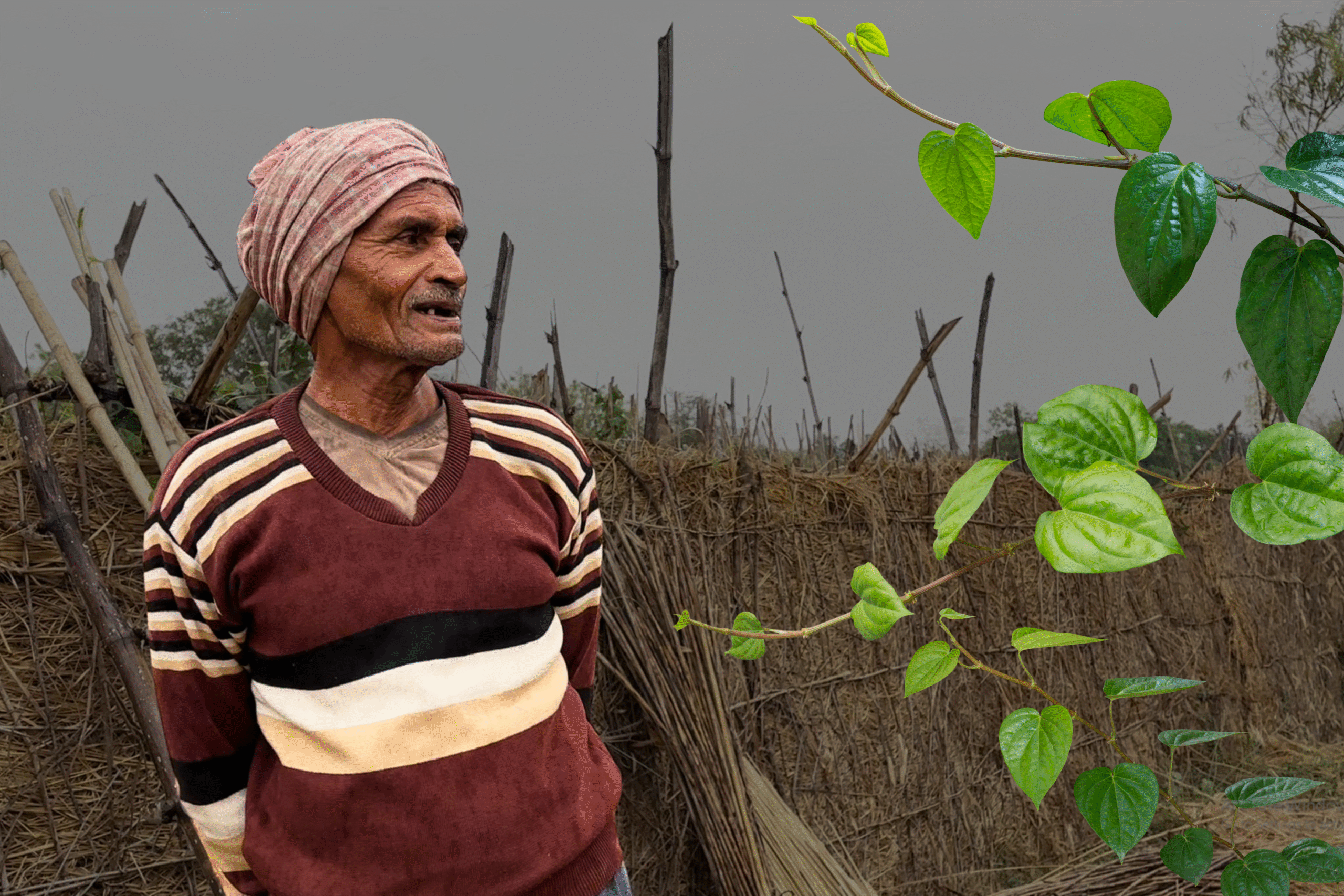Dr D Narasimha Reddy
Reeling under the twin effects of demonetisation and GST from earlier,
India’s handloom industry received a further blow when the budget was reduced
from Rs 604 crore in 2017-18, to Rs 386 crore in 2018-19. The 2019-20 budget
allocations are only marginally better, with Rs 456 crore being allocated to
the handloom sector. With a rising cost of production, unfair competition, and
subsidies to rival sectors, the handloom industry is struggling.
A brief background on textiles in India
Alongside the economic
reforms of the 1990s came to a trend
towards modernisation and automation. For the textile industry specifically,
the World Trade Organisation’s Agreement
on Textile and Clothing (1995)
offered countries across the globe a 10-year window to prepare themselves for
free textile trade by 2005. A precursor to this was a quota system, by which
countries would impose a cap, or quota, on the volume of textile production
they would import from another country.
It was estimated then that the shift to free textile trademarked a significant change, and was a big opportunity for countries like India
and China, where production costs were incredibly low. Both countries were
expected to emerge as leading sources for textiles globally, especially since
the United States and Europe—also big textile-producing economies—had very high
costs of production. The estimation at that time was that labour-intensive
textile production would score over automated industries.
Based on these estimations, around this time, the Indian
government began to convince itself of the value of ‘modernising’ its textile
sector. This resulted in a shift in focus from handloom subsidies to investment
in automation. This has steadily persisted, and we are seeing its implications
in government policies and schemes, and budgetary allocations.
For instance, the Handloom Reservation Act in 1995 reduced the number of handloom items
by half–from 22 to 11. Enforcement of this act is now completely
forgotten. Hank Yarn Obligation on spinning mills has also been made redundant. These had
a direct impact on handloom weavers, who were now excluded from government
subsidies.
That commodity prices have risen steadily over the past 15 years
has made matters worse, as raw material costs (for silk and yarn, for instance)
have increased. Add to that the growing competition from cheap and fake
handloom products. Unable to access credit, weavers have now found themselves
in a situation where they are unable to increase their incomes to respond to
rising costs of living and of raw materials.

Why automation for Indian textiles has not been a positive
change
In western economies where production is automated, all
costs—including, for instance, the environmental costs of treating textiles dyes
and effluents—are baked into the cost of production. In other words, they are
internalised. In India, however, these costs are externalised and do not factor
in the cost of production. Thus, the costs of water usage for instance, which
tend to be very high in textile production, are neither calculated nor embedded
in production costs. As we move towards greater automation, we are also moving
towards higher production costs.
This is significant not only from a cost perspective, but
also given how the textile industry in India has been structured historically.
Beyond just cheap labour, the textile industry has always been decentralised;
and supply chain risks have been fewer because we produce more for our domestic
market than for exports. And so, our supply chain is well-developed, unlike in
other countries where there is more reliance on global trade. For example, many
African countries produce cotton but don’t have processing industries. Sri
Lanka produces garments but doesn’t produce its own cotton. India has a
considerable advantage here, because it has complete supply chains, from fibre
production to consumption, across different fibres.
Three reasons why we must invest in the handloom sector
Employment
The handloom sector used to employ close to three crore people.2 The second handloom census (1995) reported
that there were around 65.5 lakh people employed in the sector; by the time of
the third handloom census (2009-10), the figure was 43 lakhs. Today, the
estimate is that around one crore people are employed in this space.
While there may be gaps in the data, even if we were to consider
43 lakh people as the strength of the handloom sector, its potential for
employment generation is significant. To compare, the garment production
industry and other allied sectors together generated employment for less than 1
lakh people.3 Let us view this in light of the allocation
for handlooms in the budget: Rs 456 crore now seems like a paltry sum.

Environment
Textile production has a large impact on the environment. The
handloom sector though has a relatively low
environmental impact. Because handlooms are not highly mechanised or automated,
electrical consumption is minimal, and the industry utilises less energy than
other textile industries do—its energy impacts are almost zero. The sector
lends itself to sustainable development policies aimed at reducing negative
impacts on the environment and ecology.
Additionally, the handloom sector uses chemical dyes and agents
in far lower quantities than other textile industries. And because the industry
is decentralised, and markets are generally local, its environmental footprint
is smaller. Automated textile production, in contrast, has multiple impacts on the environment and climate change, through carbon-based energy consumption, water,
transit-related carbon emissions, and the non-degradable waste generated.
Economy
India’s handloom sector accounts for around 13-15% of the
country’s textile production, and is aRs 50,000 crore
industry in India.
Because it is rooted at a rural level, the government does not need to set up
training infrastructure or invest in environment friendly technologies. It is
simple, has appropriate technology, the knowledge of which lies with the people.
The tech can be assembled quickly, and is not expensive to erect or dismantle.
The handloom sector employs a large number of people in rural,
semi-urban, and urban areas of India, through both direct and indirect
employment. Apart from the direct relationship with agriculture, there are
several other sectors that are estimated to be dependent on handloom
production, including transportation, financial services, hospitality, and
others. This industry also significantly influences tourism, with many handloom
centres being well-known tourist spots.
In the pursuit of modernisation, we are failing to recognise a
well-established industry, which just needs favourable policies, and decent
budgetary allocations, to thrive.
Footnotes
1.
Figures have been compiled
by the author from annual budget documents, and the 8th report–Demands for
Grants (2015-16) [Ministry of Textiles, Standing Committee on Labour (2014-15),
16th Lok Sabha].
2.
Estimation made
prior to the census.
3.
In reply to an unstarred question in the Rajya Sabha dated 21-07-17, the Ministry of Textiles
stated that in 33 textile parks (a flagship scheme), the total employment was
79,546 (38 per cent women). On the other hand, a World Bank
report mentions 12.4
million informal workers in the Indian textile and apparel sector.
(Dr D Narasimha Reddy is a campaigner on environmental and development
issues. He has served as a board member for IFOAM-Asia and was a member of the
Cotton Advisory Board Committee and the Advisory Council of Textile Exchange—a
global nonprofit)
This article was originally published on India Development Review and can be viewed here.




















